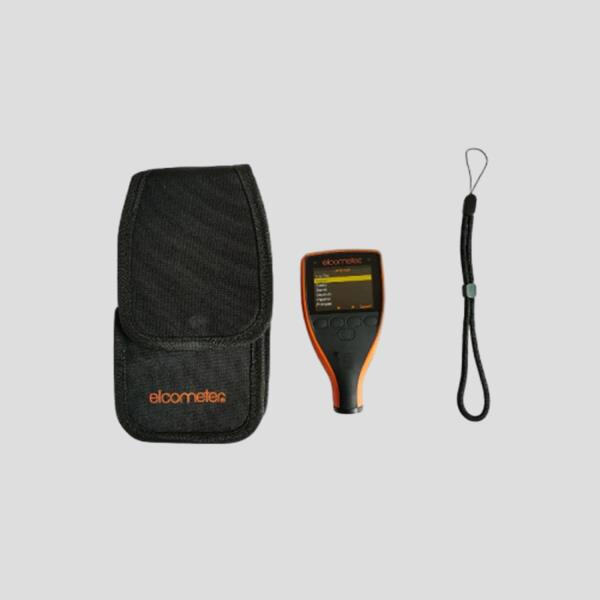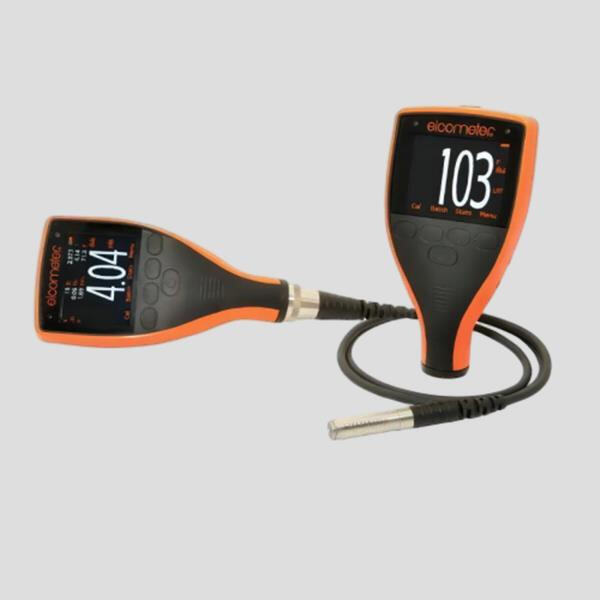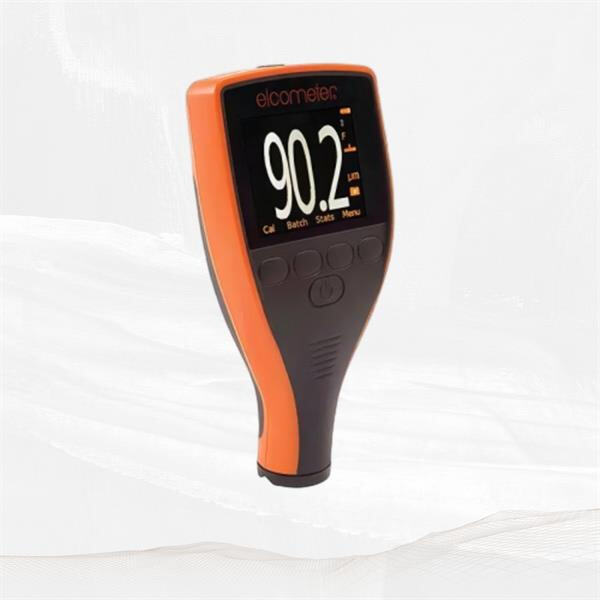Paint thickness on a surface sound trivial, but in fact it is very important in many industries. The dry film thickness meter is a device used to measure the HOBOY coating thickness meter of paint once it is dry. Knowing why it is necessary to measure dry film thickness can mean the difference between an acceptable paint job and a superb one, as well as meeting peak performance times for the surface being painted.
A HOBOY dry film thickness gauge may sound like a complicated tool to use, but it’s not. To utilize it correctly, you need to put the meter on the painted surface, when test, and then read the number. Multiple measurements are necessary to ensure an accurate measurement. A use of a dry film thickness gauge will also ensure that the paint job meets the proper specifications.

There are many advantages to using a HOBOY dry film thickness gauge in industry. This also allows the paint to be applied properly to avoid rusting or corrosion. Not to mention a DFT meter can potentially save you time and money by eliminating touch-ups or redo’s. In general, use of a dry film thickness tester in the painting process can enhance the quality and efficiency of industrial applications.

Selecting the right dry film thickness gauge for paint for your unique needs is critical. Various types of meters exist such as magnet type and eddy current meter. Remember to take into account the surface to be painted and the approximate thicknesses when deciding on a meter. The most desirable balance is easy to use and easy to keep clean and in good working order.

The care and calibration of your dry film thickness gauge is generally important to get great results. You should clean the meter on a regular basis, and calibrate it according to the manufacturer’s direction. Providing you are performing maintenance and calibration to best practice, you can extend the life of the meter and still obtain accurate measurements.

